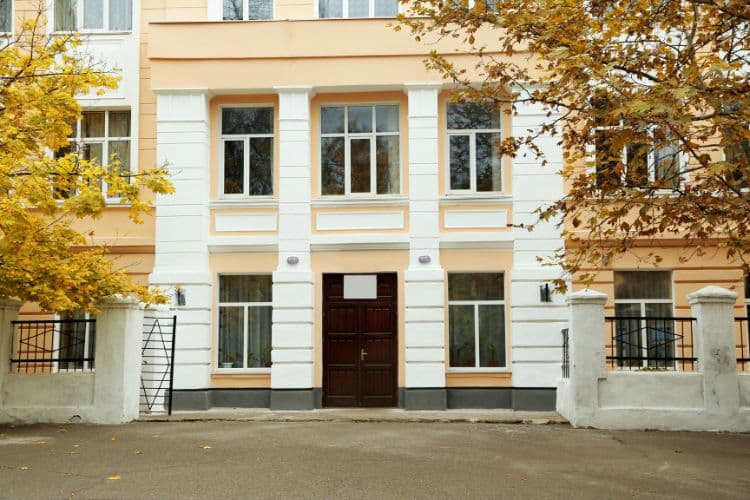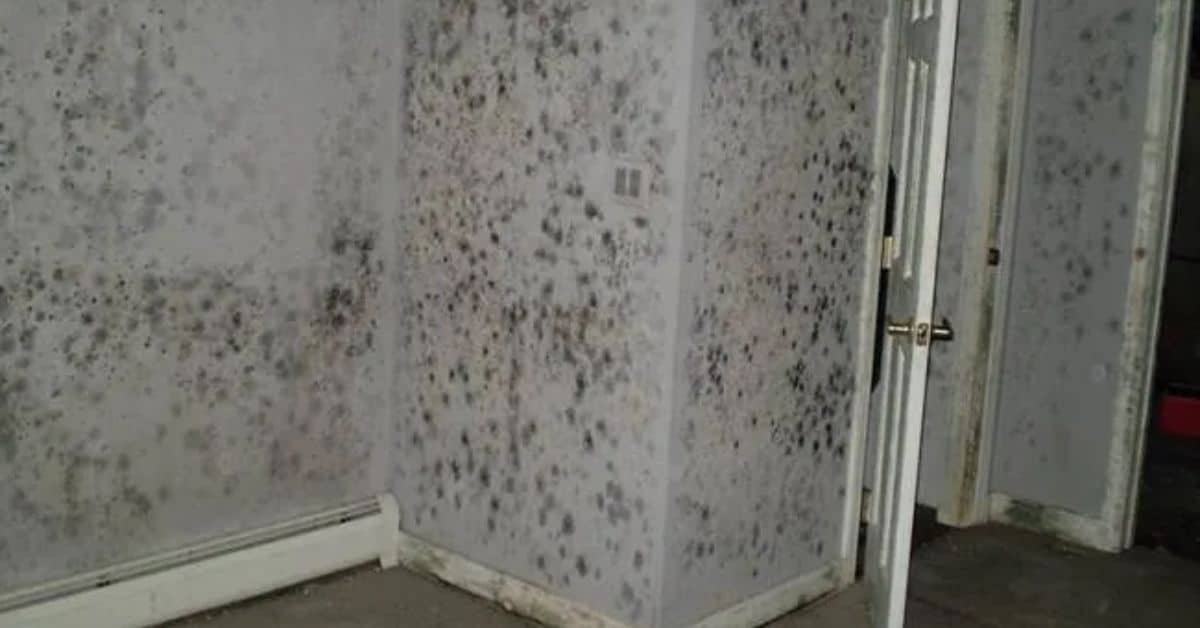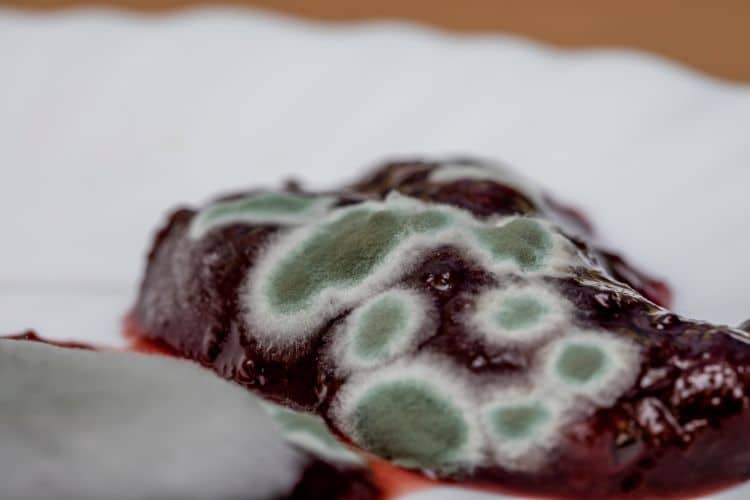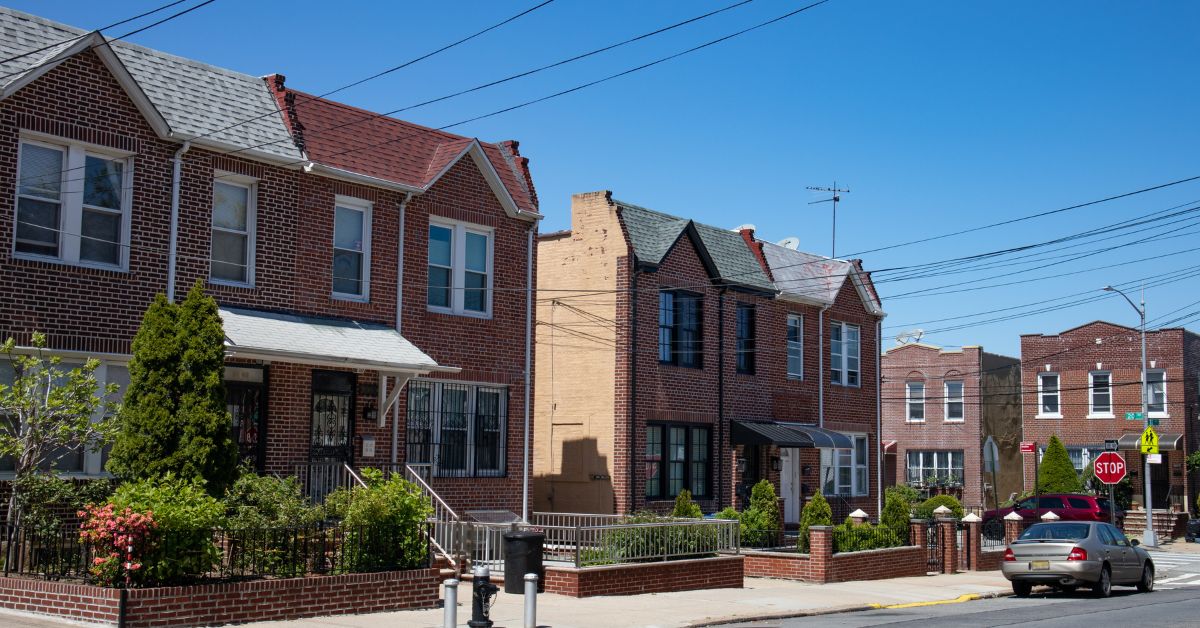Preserving the integrity of historic school buildings while ensuring they provide a safe, healthy environment for students is a delicate balancing act. This challenge becomes particularly acute when dealing with mold issues. In this article, we explore the unique considerations and strategies involved in mold remediation in historic schools, ensuring that these treasured institutions continue to serve educational purposes while maintaining their historical significance.
The Unique Challenge of Mold in Historic Schools
Historic school buildings, with their rich histories and architectural beauty, are community treasures. However, their age and construction materials often make them more susceptible to mold growth. Mold in these settings not only poses health risks to students and staff but can also damage irreplaceable historical features.

Approaches to Mold Remediation in Historic Schools
- Sensitive Inspection Techniques:
- Employ non-invasive inspection methods like thermal imaging to detect mold without damaging historical structures.
- Focus on areas prone to moisture, such as old basements, wooden floors, and plaster walls.
- Collaboration with Preservation Experts:
- Work closely with historical preservation specialists to ensure that remediation efforts do not compromise the school’s architectural integrity.
- Develop a remediation plan that respects the building’s historical value while effectively addressing mold issues.
Tailoring Mold Remediation for Historic Schools
| Consideration | Strategy | Impact |
|---|---|---|
| Structural Sensitivity | Use gentle, non-destructive techniques for mold removal. | Preserves the historical integrity of the building. |
| Health and Safety | Prioritize health and safety standards for students and staff. | Ensures a safe learning environment post-remediation. |
| Preservation Compliance | Ensure compliance with local and national historic preservation guidelines. | Maintains the building’s eligibility for historical status and funding. |
| Environmental Control | Implement advanced moisture and climate control systems. | Prevents future mold growth while preserving original materials. |
- Health and Safety Considerations:
- Ensure that remediation processes do not introduce harmful chemicals or disrupt the school’s learning environment.
- Communicate openly with parents, staff, and students about the mold situation and the measures being taken.
- Long-term Prevention Strategies:
- After remediation, focus on long-term strategies to prevent mold recurrence, such as improved ventilation and regular maintenance checks.
- Educate school maintenance teams on early signs of mold and effective prevention techniques.
Conclusion
Mold remediation in historic schools requires a nuanced approach that respects their heritage and ensures a safe educational environment. By employing sensitive inspection techniques, collaborating with preservation experts, and focusing on health and safety, we can effectively manage mold issues in these cherished institutions. Ultimately, the goal is to preserve our educational heritage for future generations while providing a healthy, conducive learning space for today’s students.




